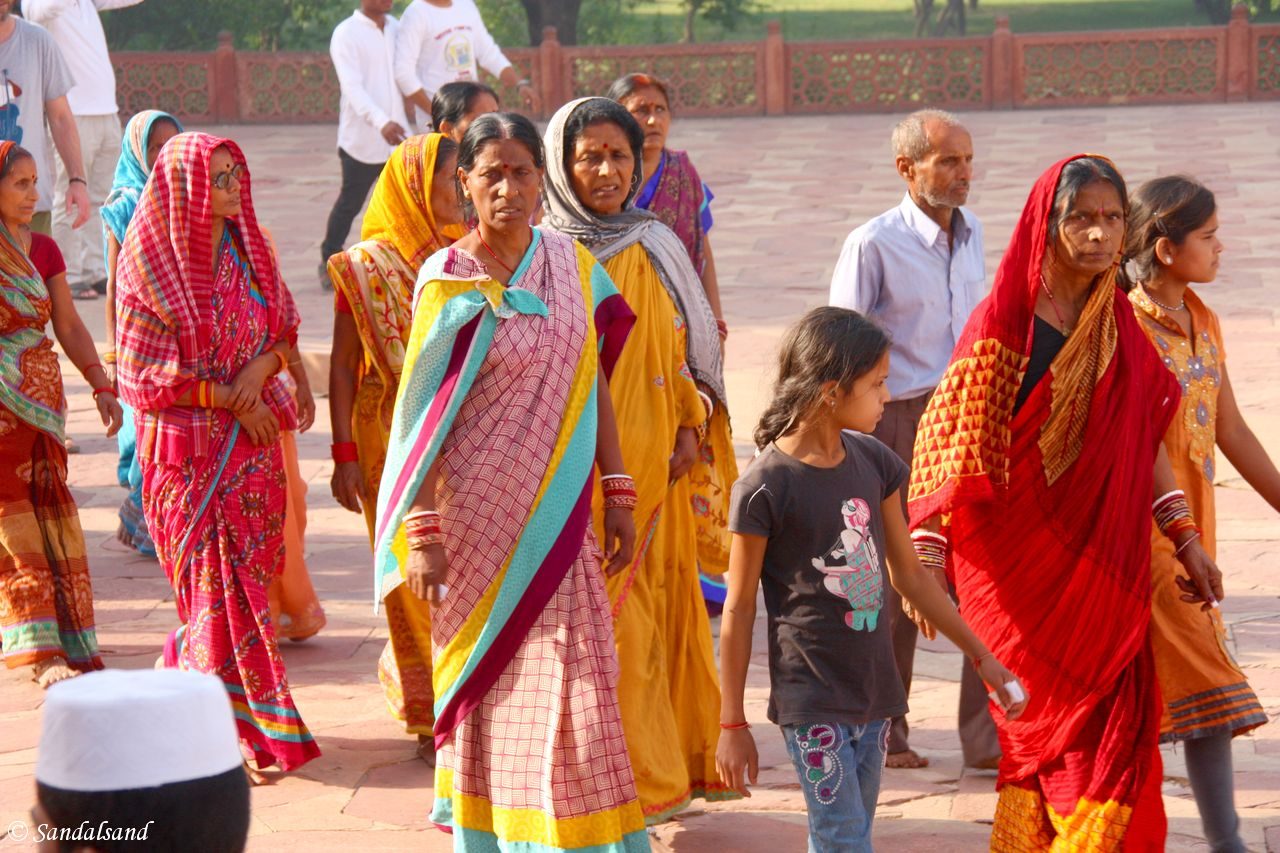The Golden Triangle of India is a very popular introduction to India for first-timers. India is so large and varied that figuring out where to go and what to see is an almost impossible task.
First, a short or not so short introduction to India
Population and language
India has a population of 1.3 billion, second in the world only to China. With the rate India is growing it will pass China very soon. It is the seventh largest country in terms of area. It stretches from the ice-cold Himalayas in the north via a dry desert to the west and a fertile hot and temperate climate in between the humid and even hotter tropical climate in the south. Some 75 million years ago the Indian continent began drifting north and hit the Asian continent in such a way that it dug underneath it. Thus it pressed the Himalaya mountain range up and that is where it got stuck. India is now often labelled a subcontinent.
India has 22 official languages at the federal level with Hindi as the most widespread among them. Some languages have similarities, others are totally different. Only 40% of the population has Hindi as their native tongue and a substantial number of the population do not understand Hindi at all. Instead, English is being used and taught at schools everywhere, but proficiency of English varies too. To some degree English acts as the lingua franca of India, not Hindi.
Political system and Mughal heritage
India is sometimes called the world’s largest democracy. It maintains a democratic system based on the British Westminster system. Historically India has not been the India we now see, in terms of borders. The first rulers to conquer most of the country where the Mughals in the 15th century. They were Muslims and ruled over present-day Pakistan, Bangladesh and Afghanistan as well. After some years this empire split as well with wars raging between the regional kings every now and then. The Mughals left behind a number of impressive buildings and monuments now incorporated into UNESCO’s list of World Heritage Sites.
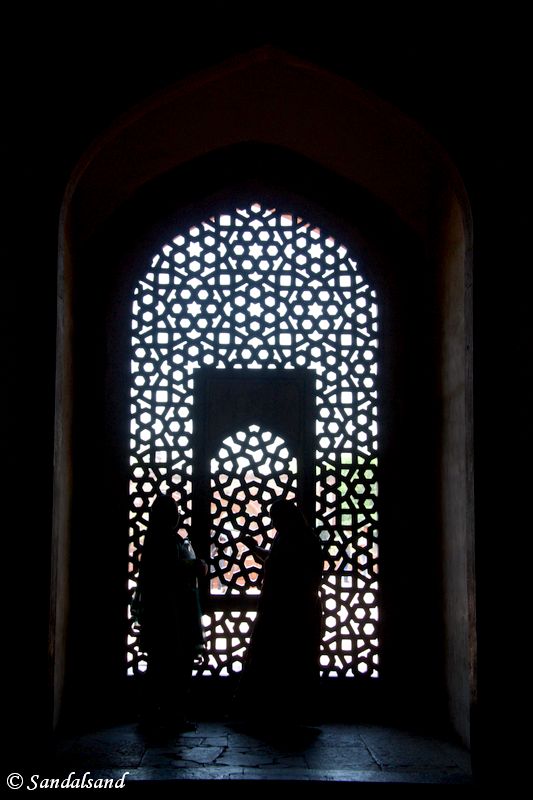
The British
The British came as traders, and so did the French and Portuguese. The Portuguese enclave of Goa survived as such until 1961. The British interests were in the beginning controlled by the British East India Company and they manoeuvred into political control of virtually all of India. An uprising in 1857 led to the British government seizing all Company activities in India, making India a part of the British Empire. The jewel in the crown.
When the last British viceroy was left without a country after the independence of India in 1947, the country divided into India and Pakistan’s two parts – East and West. East Pakistan managed to secure its own independence and formed the state of Bangladesh in 1971. India has been in almost constant conflict with Pakistan ever since the independence. The countries have fought wars and they still dispute their territorial borders in the north.
Religion
Religion plays very much a part of daily life in India, and to some degree also with political consequences. Hindus make up 80% of the population, with Muslims as the second largest with around 14%. In a country with holy cows and a Muslim ban on pork, the menus at McDonald’s are somewhat slim. Talking of food, the Indian restaurants in the West are mostly serving dishes related to northern Indian cuisine. There are many more.
A developing country
Due to its varied historical background, India is a federal republic. The country divides into territories and states, each with their own legislatures and governments.
As we all know, India is a poor country. It is also a country with some immensely rich people and a rapidly growing educated middle class. The caste system is outlawed and has been so for many decades. It is still very much present in everyday life and the poor opportunities for people of lower castes to rise in terms of education, profession, income and status is a disadvantage for the development of India as a nation.
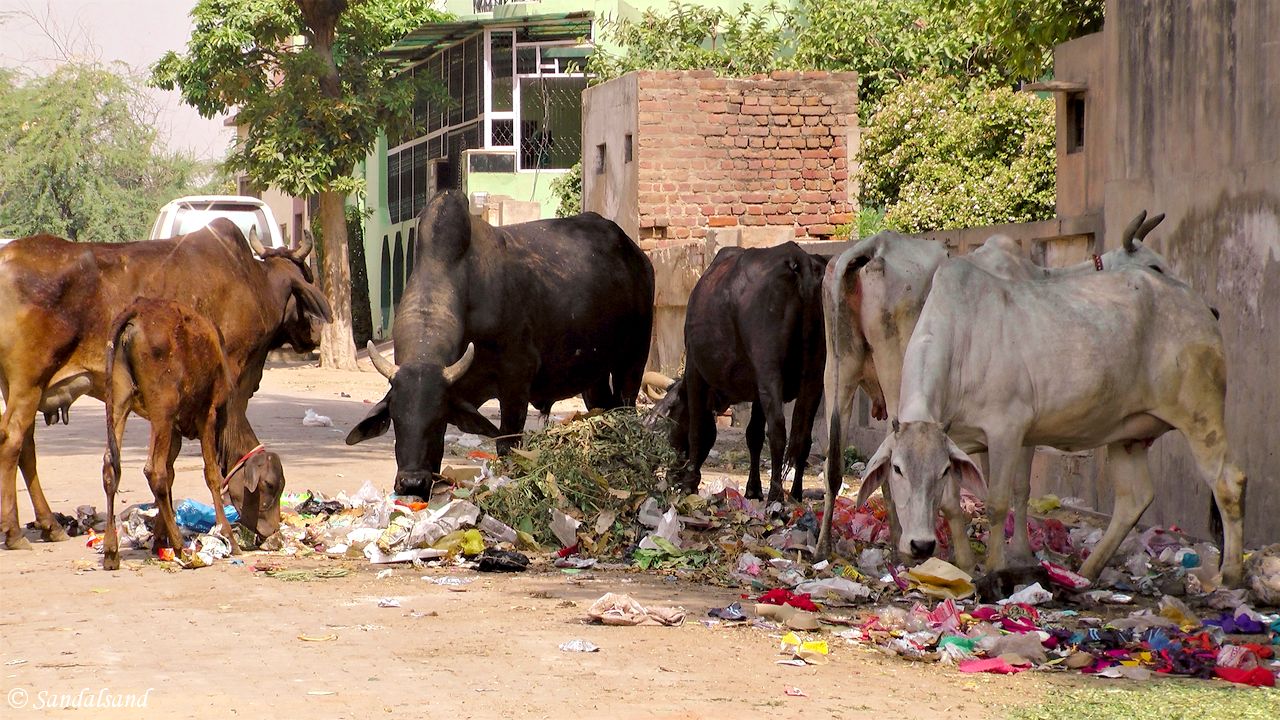
Culture shock?
Almost all visitors to India will encounter a culture shock, at least to some degree. One should be prepared for the crowds, the staggering number of people everywhere. Also noise, filth and pollution will fill your senses all day long. Touts and beggars will be all around you as you walk the streets or visit the great monuments of India. So be prepared. In addition: You’ve heard of Delhi belly, right?
That aside, India has everything. And I had a great first-time visit to the country.
What is the Golden Triangle then?
Basically it is a circuit connecting the cities of Delhi, Jaipur and Agra. Their location and the connecting roads make up a triangle. The total distance is about 720 km by road, with a drive of 4-6 hours between the cities. (Due to traffic out of Delhi, it actually took us almost eight hours to reach Jaipur less than 300 km away.)
The scenery between the cities is not very scenic but the roads are good. Unless you have been to India before I would not recommend hiring your own vehicle. There are two reasons. One is that they drive on the left side of the road, like in the UK and Japan. The other and most important is that traffic in the large cities is chaotic. You could take a bus or train, but I suppose the large majority on this circuit are enjoying the comfort of a guided tour. I joined a tour by a Norwegian company named Escape but there are numerous agencies offering the same guided tour. Take your pick on the web, in your own country or directly from an Indian company.
How many days? Well, we spent six days. You could have wisely spent more and also thrown in a few days on the beaches of Goa for a bit of relaxation after all impressions gathered during the hectic Golden Triangle circuit route.
The rest of this article will be a bit of name-dropping, more precisely places we visited and articles published here on Sandalsand.
Delhi and New Delhi
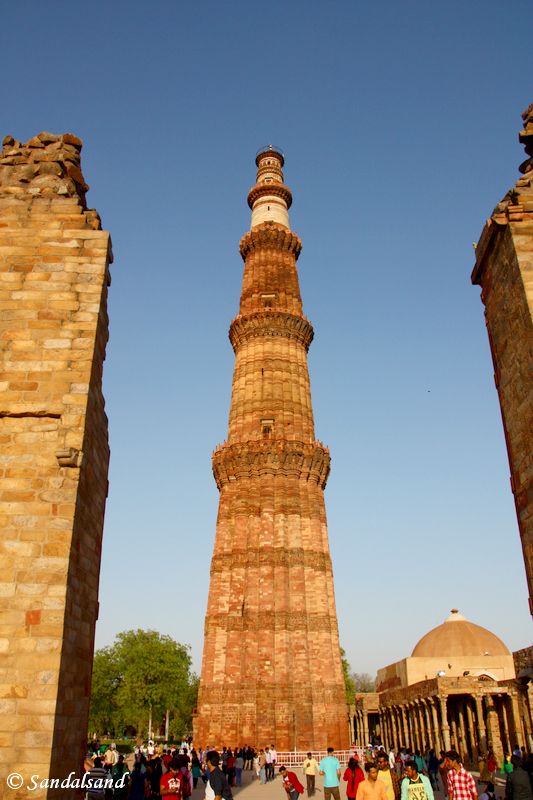
The capital of India was our way in, and will likely be the same for most others reading this article. Delhi is the capital of India and is a very old city. The new part expanded into New Delhi after the independence and the urbanised area now comprise a number of previously individual towns and places in what is sometimes referred to as the world’s second largest urban area with a population of 26 million.
Most sights interesting for visitors are located in Old Delhi, but we stayed in New Delhi. Traffic conditions in both parts are horrible and we felt as though we spent most of our time in a traffic jam. Nonetheless we managed to visit two UNESCO World Heritage Sites and a bit more. You will most likely be taken to a large mosque followed by a rickshaw tour in the neighbouring bazaar streets. These articles have been published about the heritage sites and my visit.
Articles from Delhi
Old and New Delhi in 24 hours. Delhi, the capital of India, is one of the world’s most populous urbanised areas as well as being very congested. The attractions are in addition located in different parts of the New and Old Delhi, forcing any visitor to spend a lot of time just to move from one place to another.
#0232 – Humayun’s Tomb, Delhi. There are several important structures within this large complex but none as impressive as the mighty tomb of Humayun, the second emperor of the Mughal Empire.
#0233 – Qutb Minar and its Monuments, Delhi. The tallest brick minaret in the world was built as a victory tower after 1192 and developed during the next centuries until it reached its present height of 72.5 m.
Jaipur
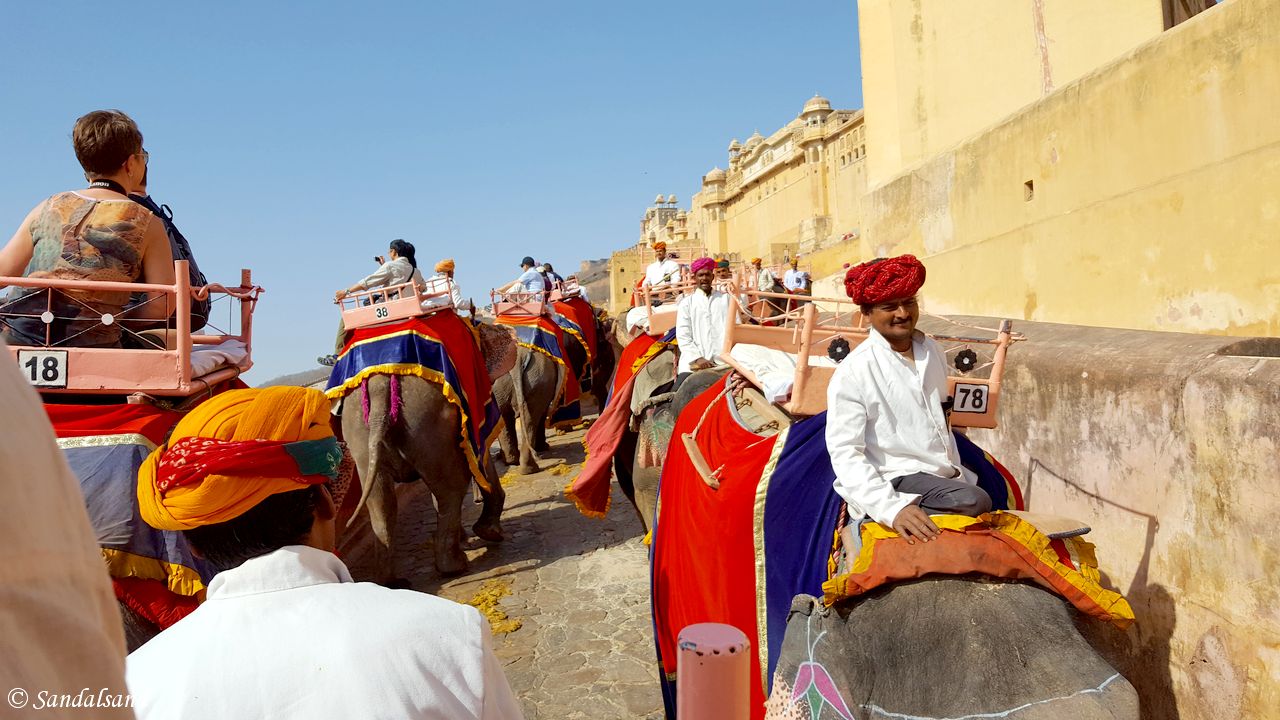
This is a smaller city (only 3 million) but figures as the capital of Rajasthan and boasts a history back to 1726. There are numerous exciting historical places to visit, apart from the excitement related to walking the streets and getting a glimpse of everyday life. Get prepared for a walk in the busy streets and also visits to the City Palace as well as the Water Palace. An article from Jaipur is written as well as two articles related to the World Heritage Sites. They are inside Jaipur and nearby.
Articles from Jaipur
In and around Jaipur in 36 hours. Jaipur, the capital of Rajasthan, is the second stop on the Golden Triangle of India, the extremely popular tour for most first-time visitors to India. There is a lot to discover, more than you will be able to absorb during your short stay.
#1338 – The Jantar Mantar, Jaipur. The astronomical instruments on this site are impressive due to their 300 years of age as well as the accuracy in which they show time and the movements of stars and planets.
#0247 – Hill Forts of Rajasthan. Rajasthan’s forts are preserved manifestations of the immense powers held by the maharajahs of the Rajput kingdoms from the 8th to the 18th centuries.
Agra

The road to Agra was as dull as the road to Jaipur. Flat farming land everywhere. To most people Agra is the Taj Mahal, but there is more to it. One thing is that Agra is the smallest of the cities on the circuit, with a population of only 1.5 million. Secondly, in Agra I had the opportunity of venturing out on my own, with no guide, no tour-bus. Still, let there be no doubt. The Taj Mahal was fantastic and a lot more than any picture you have ever seen could tell. Here is one article about my visit and three from visited heritage sites.
Articles from Agra
There is more to Agra than the Taj. The Taj Mahal, the famous mausoleum, is the main reason millions of people each year travel to Agra. It is truly astonishing, but I will in this article lay weight to more impressions I gathered during my two nights here.
#0255 – Fatehpur Sikri. Imagine spending 15 years planning and building a brand new capital, only to abandon it after another 14 years. That is what the Mughal emperors of India did here.
#0251 – Agra Fort. Judging by the entrance visitors usually are led through, the monumental Amar Singh Gate, this is undoubtedly a fortress – even with a moat around it. As soon as we get inside that impression is reduced.
#0252 – Taj Mahal. It was built as a monument to the undying love and affection the emperor Shah Jahan had for his second wife. The Taj Mahal is one of the world’s most beautiful buildings.
What more?
I suppose the Taj Mahal is the highlight of a visit to India. In my opinion it was on this visit. Before going and definitely after having spent a week on the road in northern India I concluded that India would be a country to revisit on later occasions. I would love to visit the south, the beaches in Goa, the great rivers of Ganges and Brahmaputra. In addition I long to visit the cities of Amritsar, Bangalore, Kolkata, Mumbai and Varanasi. Last but not least I would love to sip tea in Assam and Darjeeling, or even go north into the Kashmir.
In addition, I would have loved to spend more time in the places I did visit. Walk the side-streets, find local markets, look up the legacy of the British and find out more about the various faces of contemporary India. Six days of condensed impressions is to some degree an insult to India, on the other hand I had a useful and essential start.
The outcome has been shared with readers of Sandalsand through seven articles about World Heritage Sites, three regular travelogues and this introduction. There is even an article with all photographs from India. Who knows what more? A video or two might be popping up on my YouTube account. To be sure, stay tuned and subscribe to this website.

